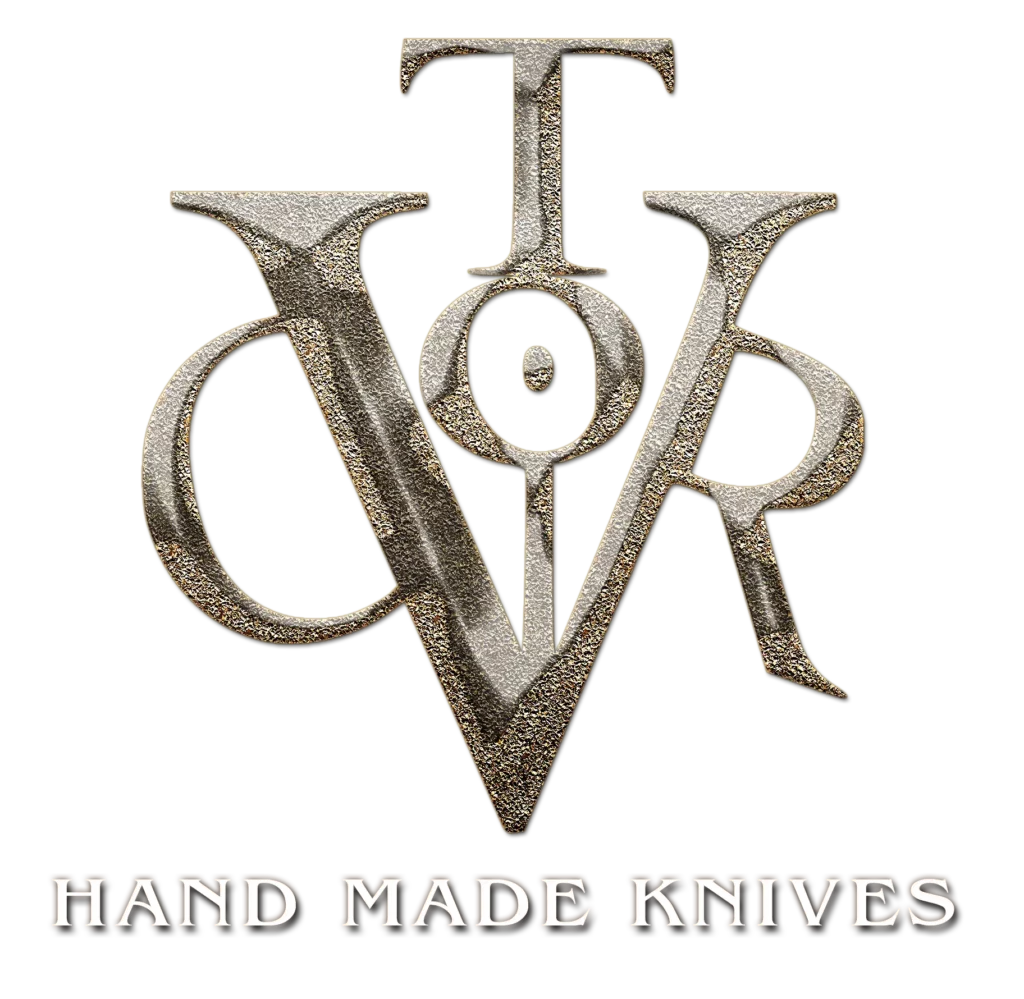Hand Crafted Knives

Handcrafted knives are prized for their quality, durability, and often their unique designs. Crafting knives by hand involves a blend of traditional craftsmanship and modern techniques.
Here’s an overview of what goes into crafting handcrafted knives:
Materials Selection:
The process starts with selecting high-quality materials. This typically includes choosing the right steel for the blade, which can vary depending on the intended use of the knife. Common choices include stainless steel, carbon steel, Damascus steel, and tool steel. For the handle, materials like wood, bone, horn, and various synthetic materials are used.
Design:
Knifemakers often begin with a design concept. This includes considerations for the blade shape, handle design, overall dimensions, and any decorative elements. Some makers may create their designs from scratch, while others may modify existing designs or work from customer specifications.
Forging or Stock Removal:
Handcrafted knives can be made using either forging or stock removal techniques. Forging involves shaping the blade by heating the steel and hammering it into shape. Stock removal involves cutting, grinding, and shaping a piece of steel to form the blade.
Heat Treatment:
Heat treating the blade is a critical step in the knife-making process. This involves heating the blade to a specific temperature and then rapidly cooling it to set its hardness and durability. The exact process varies depending on the type of steel used.
Grinding and Profiling:
After heat treatment, the blade is ground to its final shape and profile. This step requires precision to ensure the blade has the desired edge geometry and bevel angles.
Handle Construction:
The handle is crafted separately and then attached to the blade. This can involve shaping the handle material, such as wood or synthetic materials, and then attaching it securely to the tang of the blade using epoxy or other adhesives.
Finishing:
Once the blade and handle are assembled, the knife undergoes final finishing. This includes sanding and polishing the blade to remove any imperfections and achieve a smooth, uniform finish. The handle may also be sanded and finished to enhance its appearance and feel.
Sharpening:
The final step is sharpening the blade to ensure it has a keen edge. This can be done using various sharpening tools and techniques, such as whetstones or sharpening systems.
Throughout the entire process, attention to detail and craftsmanship are paramount to creating a high-quality handcrafted knife. Many knife makers take pride in their work and may incorporate their signature touches or artistic flourishes into each knife they produce.
